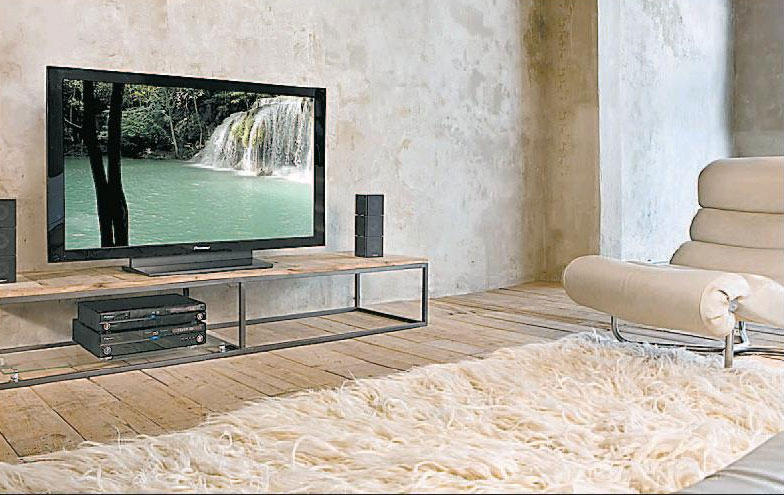Marc Saltzman
Sun

Digital frames will soon get optional faceplates of ‘ floral glass’ or ‘ antique silver’ or ‘ walnut.’
Maurica MacDonald, an Aurora, Ont.-based marketing manager, says she enjoys seeing her kids playing while she’s at work. No, she doesn’t have a home office. Instead, the 44-year-old mother of two has a digital photo frame on her desk that cycles through her family photos.
“It’s the first thing I turn on when I get to work,” says MacDonald, who owns a 20-cm Kodak EasyShare Digital Picture Frame.
“Honest to goodness, I love looking at this thing all day. All those memories — the kids tubing in the summer, my daughter’s dance recital, a Christmas party with friends, and the kids just being silly,” she adds.
Along with the “hundred or so” photos loaded onto the digital frame, MacDonald says she enjoys playing music and videos on it, too. “I’ll stop what I’m doing sometimes because I’ll hear my mom talking until I realize it’s a clip from their 50th wedding anniversary
. . . It brings you right back to that moment.”
Many Canadians have freed their photos from the confines of their computer’s hard drive, which has become a digital shoebox, if you will, and placed these memories in a high-tech frame that can show (and show off) a new photo on its bright and colourful LCD screen every few seconds, minutes or days.
Getting photos onto the photo frame is a fairly simple process.
Most digital frames have some internal memory. You connect it to a Windows PC or Mac’s USB port (cable is usually provided) and drag and drop the selected photos onto the frame. Then you unplug and place the frame on a table or mount it to the wall. While older models are sometimes battery-powered, most require a nearby electrical outlet. Generally, the digital frame’s USB port can also be used with thumb drives packed with photos or tethered to a digital camera.
Many digital frames also have a memory card slot that will take most popular photo card types, such as SecureDigital (SD), Compact Flash (CF), MultiMedia Card (MMC), Memory Stick Pro Duo (MS), xD, and others. You pop the memory card out of your digital camera and place it into the frame to begin the slideshow. Some let you copy from the card to the internal memory, while others play right off the card.
If the frame supports Wi-Fi, people with a wireless network installed can access photos on a nearby computer. Digital frames that are capable of playing music and video might also let you stream media from a personal computer.
Though pricey at $269.99, the 25-cm Kodak EasyShare Wi-Fi Digital Picture Frame (EX1011; www.kodak.ca) is a top-of-the-line model that supports photos, music and videos, all accessible with a press on the wireless remote. And as the name suggests, you have the option to wirelessly access these media on a nearby PC (via 802.11b/g) or use the 5-in-1 memory card reader or USB port; internal memory is 128-megabytes. Video formats supported include MPEG 1 and 4, MOV and AVI. Kodak also offers an 18-cm frame (model # SV710; $129.99) and two 20-cm models: with Wi-Fi (model # EX811; $229.99) or without (model # SV811; $179.99).
While not available yet, Kodak says you will soon be able to customize the outside of your frame with optional faceplates including “walnut wood,” “floral glass,” “antique silver,” and “whiteboard” (write on and wipe off).
Philips also offers a couple of photo frames to choose from, including an 18-cm ($229.99) and 23-cm model ($299.99). Along with its high-resolution widescreen (800 x 480 pixels, just like Kodak’s frames) and 16-megabytes of built-in memory (to store more than 50 photos), these clear-framed displays offer multiple viewing modes (random, sequential, transitions), special effects (convert colour to black and white) and support both USB and memory card connections.
© The Vancouver Sun 2007










